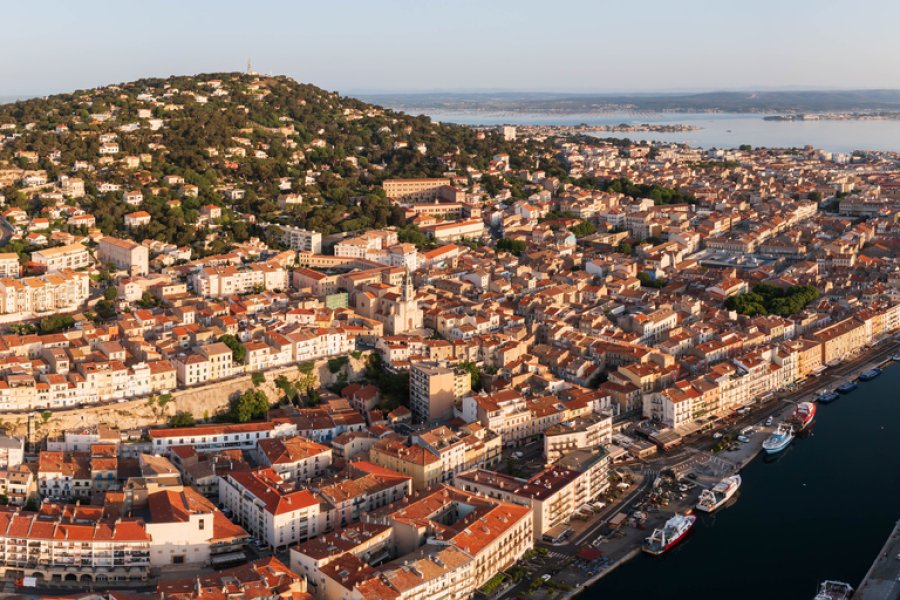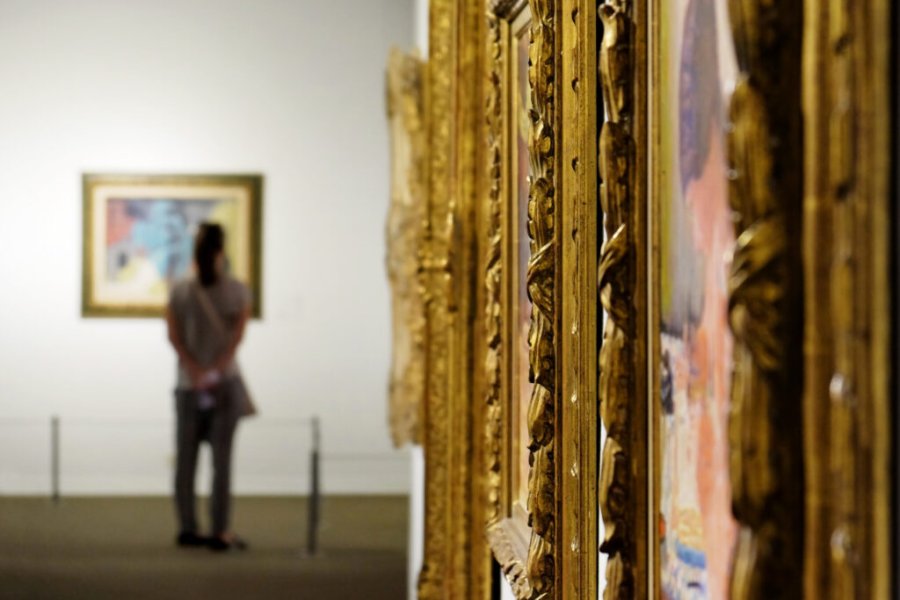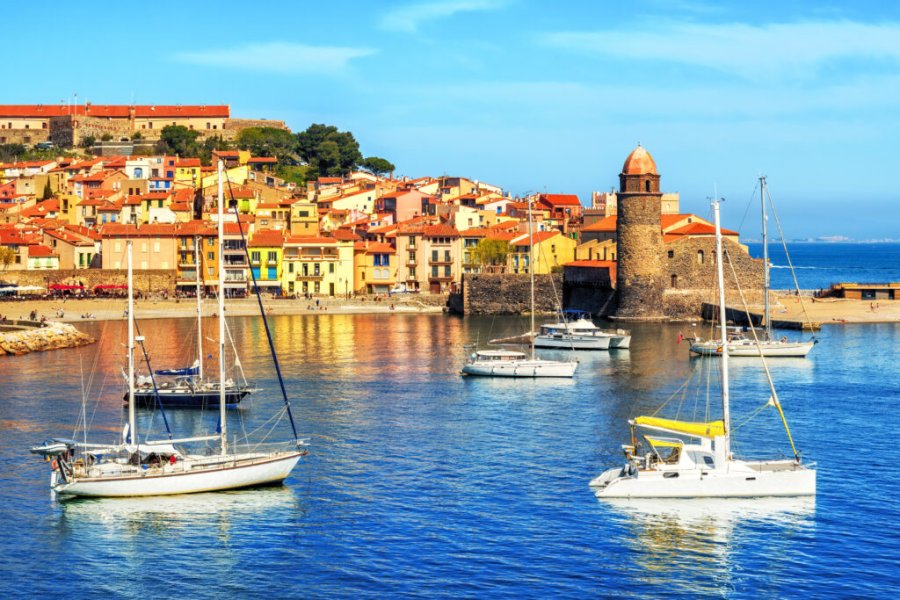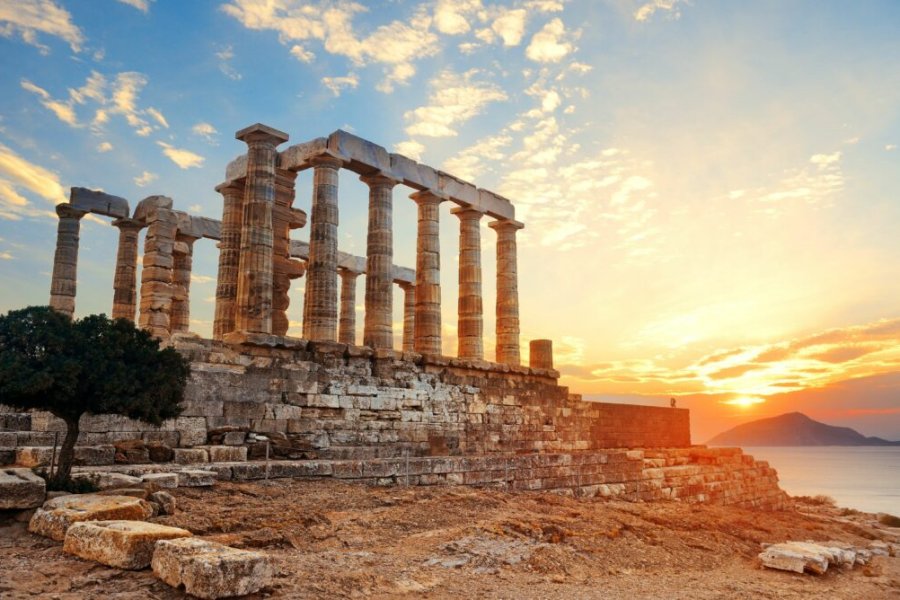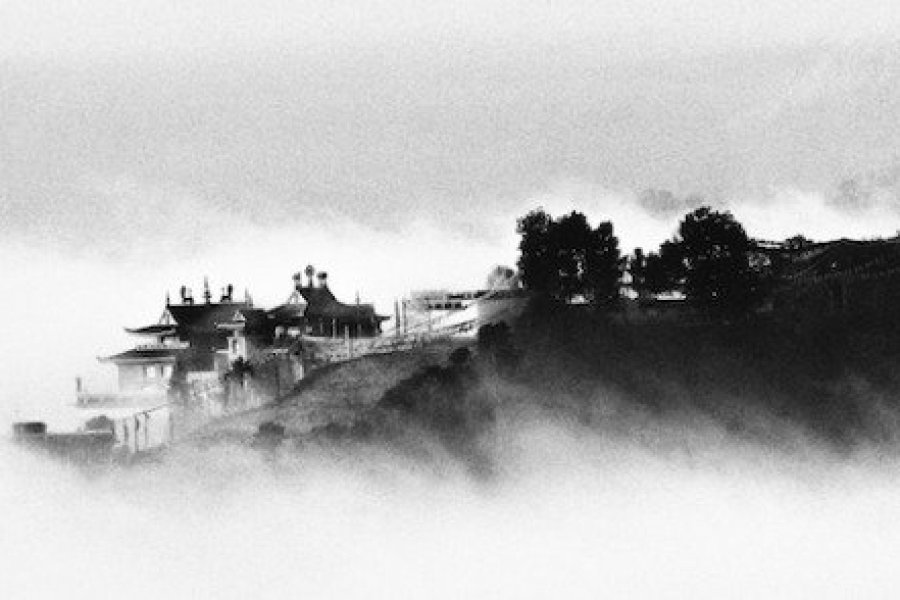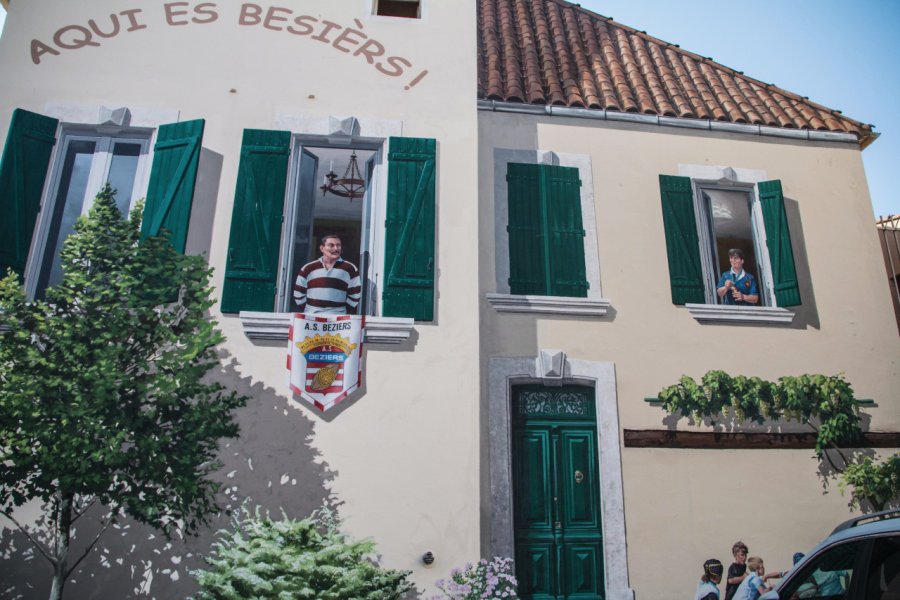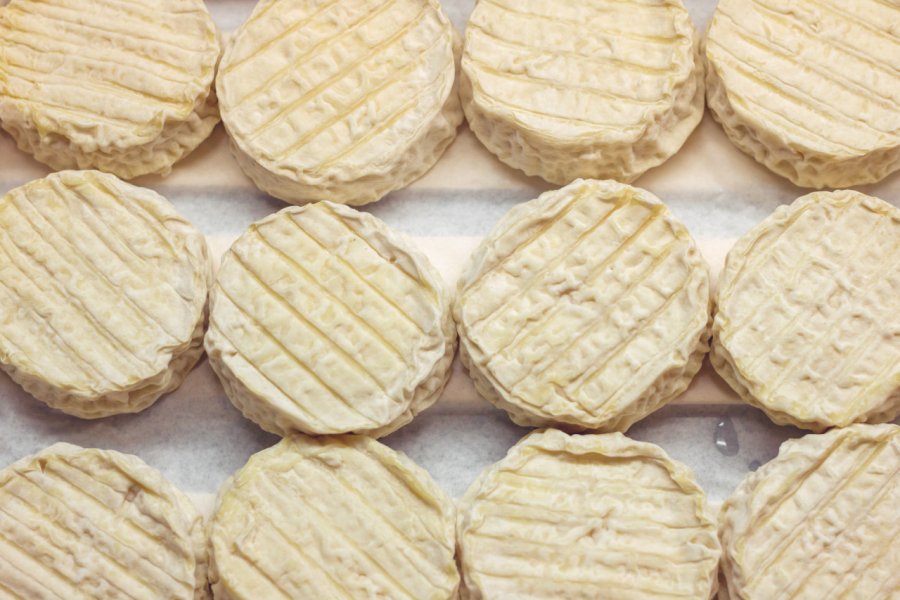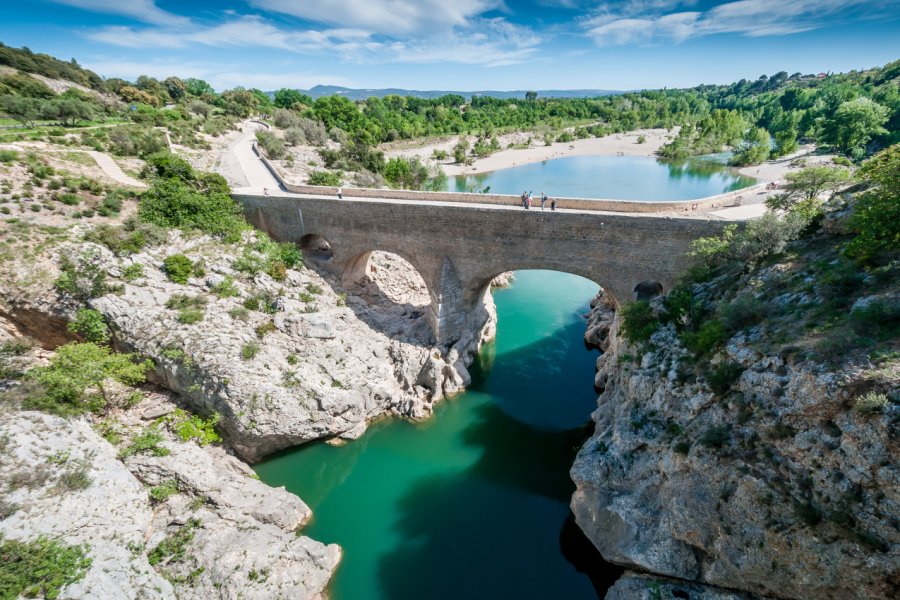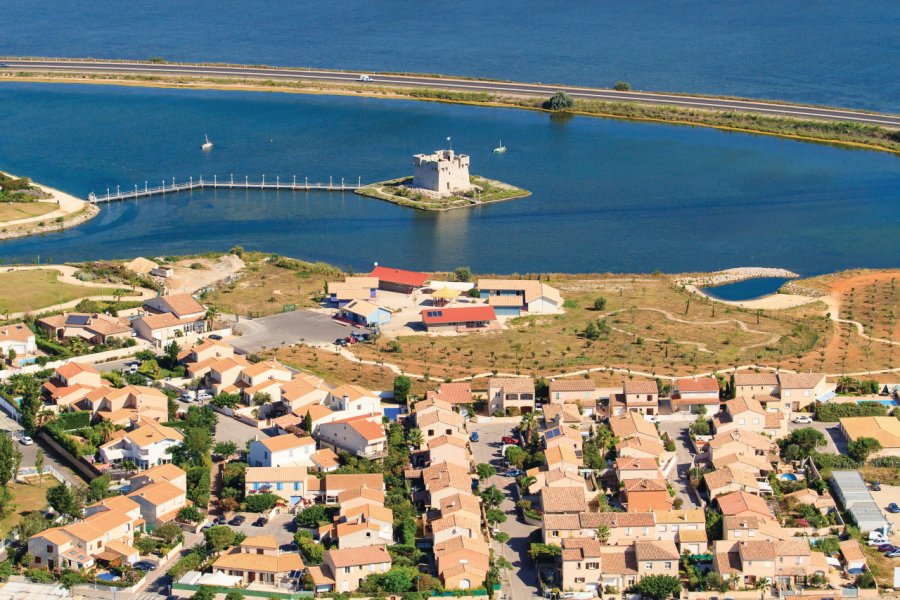Travel guide Hérault
So much sunshine, so many wonders! In the south of France, in the Occitania region, the Hérault overlooks the Mediterranean. An amphitheatre open to the sea, this department surprises by the diversity of its layered landscapes from the Mediterranean to the southern foothills of the Massif Central, passing through the garrigue areas and the low plain of the Languedoc wine region. 30% agricultural (vineyards and orchards), Hérault is also an important producer of Bouzigues oysters and mussels (Thau pond). This department has 87 kilometres of beaches and classified sites (UNESCO): Gellone Abbey in Saint-Guilhem-le-Désert on the roads to Santiago de Compostela, the Canal du Midi, the Causses and the Cévennes, partly in the department. Among the natural sites: the Haut Languedoc regional nature park, the Salagou valley and lake, the Hérault gorges and the Navacelles circus. In another register, the territory has three thermal resorts: Balaruc-les-Bains, Avène and Lamalou-les-Bains. The coast is not to be outdone with its seaside resorts including La Grande-Motte, Cap d'Agde and nineteen marinas. The cities of art and history, the villages classified among the most beautiful in France and other picturesque areas total 541 sites classified or listed as historic monuments. A little jewel: the Fabre Museum, the Montpellier Fine Arts Museum, a beautiful building and beautiful exhibitions. Other museums to visit are the fine arts museum of Béziers, the one of the Thau pond (Bouzigues), the one dedicated to Paul Valéry and the one dedicated to the sea (Sète).
What to see, what to do Hérault?
-
Book an activity
-
Customized travel
- The most beautiful cities Hérault
When to go Hérault ?
This department is very touristy and attractive. Many people choose to change their life and move to Montpellier. The high tourist season (nearly 60% of the annual attendance) takes place during the summer, spring is quite touristy, autumn a little less so and the low season is in winter (8%). In any season, you will often have to negotiate with the winds. The Tramontane, a dry northwest wind, blows over the whole department, more intensely in the west, very frequent in winter and spring, but can be observed in any season. Sea winds are rare but sometimes very violent, accompanied by heavy rain. The Mistral wind hardly touches the eastern edge of the department, less violent than in the Rhone valley but very frequent. In summer, the beaches of Palavas-les-Flots and its surroundings are crowded. Come early in the morning or in the evening to be a little quiet. You can also get away from the coastline to enjoy a wilder swim at the Salagou lake. In the off-seasons, walks along the coast, beaches and lagoons combined, allow you to enjoy the magnificent nature. In the same way, hiking in the foothills of the Massif Central is very pleasant outside the summer, when the sun is too strong.
Numerous festivals and celebrations animate the towns and villages, especially in summer, but also all year round. Among the most original, let's mention the nautical jousts of Sète which are held throughout the summer, encouraged by a large audience packed on the quays of the Royal Canal. A tradition that dates back to 1666! The votive village festivals around a totemic animal, giant, dragon and other foal of Pézenas, are as many occasions to rejoice. There are also ferias, tambourine parades, the oyster fair in Bouzigues (August), the grape harvest festival (September) in the wine-producing towns, the Christmas oil and santon market in Clermont-l'Hérault (December), etc.
Suggested addresses Hérault
Travel Hérault
-
Find a hotel
-
Car Rental
-
-5% on travel insurance-15% off travel insurance
-
Find a local agency
Find unique Stay Offers with our Partners
Discover the bike tours Hérault
Featured articles Hérault
Events
Discover Hérault
It is difficult to draw a portrait of the Hérault as the department is so rich in a thousand wonders. It is enough to set foot on the territory to understand that its face is complex. Mountains, plains, beaches: its diversity contributes to its reputation. These landscapes are filled with treasures due to the great history of the place. Here, the Romans, the architects of the Middle Ages and the wine growers have left their mark on the land, building monuments in the four corners of the department that are still the pride of the locals. However, the history is still alive, built by the craftsmen, artists and residents who animate the workshops, museums and businesses of the department. The other wonder of the Hérault: its cuisine. There, chefs operate with technique and generosity to seduce the gourmands. Each year, dozens of events are organized to meet all these creators and admire their achievements.
Pictures and images Hérault
The 12 keywords Hérault
1. # Agriculture

The department of Hérault is part of Occitania, the leading European region for agriculture. Everything is grown here, from green olives to white asparagus, apples and sweet onions. All these products are present on the stalls of the numerous markets of the territory and enrich the plates with taste.
2. # Archaeology
Occupied by man since prehistoric times, the Hérault region has been the subject of excavation campaigns for several decades. Thanks to these campaigns, archaeologists have discovered dinosaur eggs, Roman remains, the remains of buildings from the Middle Ages... An incalculable number of treasures now housed in museums.
3. # Architecture

From Lunel to Olonzac, different styles of architecture blend and cohabit for the simple pleasure of the eyes. Religious, civil and military monuments, sometimes thousands of years old, remind us of the importance of this crossroads of influences. Take the time to admire the facades, they are full of wonders.
4. # Crest

L'Ecusson is the historic center of Montpellier, the prefecture of the department. Bounded by the Place de la Comédie, the Esplanade du Peyrou, the Quais du Verdanson and Avenue Gambetta, this famous, picturesque district is home to hundreds of stores, restaurants and historic monuments that contribute to the city's appeal.
5. # Coastal

The Hérault coastline has everything to seduce: families will find all the facilities they need for a comfortable holiday, sports enthusiasts will take advantage of the excellent weather conditions to try their hand at board sports, and nature lovers will settle down on the few wild beaches to admire the local biodiversity...
6. # Hiking

Whatever your level, here you're bound to find a circuit to suit your criteria. Thanks to the diversity of the Hérault's terrain, there's a wide range of difficulties and layouts to choose from. As an added bonus, the views are always breathtaking. Don't miss the Pic Saint-Loup, Mourèze or Navacelles cirques.
7. # Reserves
The Hérault is a paradise for birds. Several nature reserves and protected areas have been created to protect them and ensure their preservation. And they are not alone! You only have to pay attention to the little noises to see that the sky, the land and the waterways of the territory are home to many specimens.
8. # Sun
With nearly 300 days of sunshine per year, the Hérault is one of the sunniest departments in France. Ten months of the year, the sun comes to illuminate this thousand-year-old land. In summer, its presence is sometimes a little too much felt, but we are very happy to find it again in October or March, when the rest of the country is still suffering from grey skies.
9. # Street-art
This land of old stones and ancestral cities is turned towards modernity and youth when it comes to art. As well as street artists who express themselves in the wild, the department is home to established artists, frequently hired by local authorities. They bring color and creativity to the streets.
10. # Thau
The Etang de Thau is the largest body of water in the region. Separated from the Mediterranean Sea by a simple spit of sand known as a lido, it is now world-renowned for the oysters and mussels it produces. All around the pond, Sète and its pretty fishing villages soak up the sun.
11. # Tradition
The Hérault has kept some of the traditions of the many civilizations and peoples that have influenced its development. These are revealed in numerous events as well as in local gastronomy, music and sport. The most emblematic are the jousting tournaments, the totemic animal parades and the Camargue races.
12. # Vine
Wouldn't that be Hérault's greatest treasure? Located in the Languedoc vineyards, the department's winegrowing estates benefit from superb climatic conditions, producing thousands of bottles every year to enrich the shelves of wine merchants with good noses and top-flight restaurants alike.
You are from here, if...
You'll be sporting color as early as March, and putting on your coat from December onwards
Your trunk holds your hiking, camping and beach gear for most of the year
You know the best swimming spots
You've already ventured into a cave or up into the Cévennes mountains
You tell everyone about the beauty of the Hérault gorges and the Canal du Midi
Your photo album contains shots of Salagou and Pic Saint-Loup
Have you ever admired a flock of flamingos or a herd of bulls racing by?
Have you ever attended a bullfighting event or a Languedoc jousting tournament?
You're familiar with the words "manade", "joute" and "clapas
The lyrics of Boby Lapointe and Georges Brassens remind you of the region
You can describe the recipes for brasucade, tielle sétoise and gardiane de taureau
You can recommend wines from the Languedoc vineyards and shellfish from the Etang de Thau to your friends and family
Other destinations Hérault
- Sète
- Montpellier
- Saint-Guilhem-Le-Désert
- Pézenas
- Minerve
- Béziers
- Agde
- Balaruc-Les-Bains
- Lodève
- Valras-Plage
- Saint-Pons-De-Thomières
- Gignac
- Frontignan
- Saint-Chinian
- Lamalou-Les-Bains
- Ganges
- Nissan-Lez-Enserune
- Palavas-Les-Flots
- Bouzigues
- La Salvetat-Sur-Agout
- Saint-Mathieu-De-Tréviers
- La Grande-Motte
- Marseillan
- Castries
- Saint-Martin-De-Londres
- Lunel
- Olargues
- Roquebrun
- Roquessels
- Cazilhac

